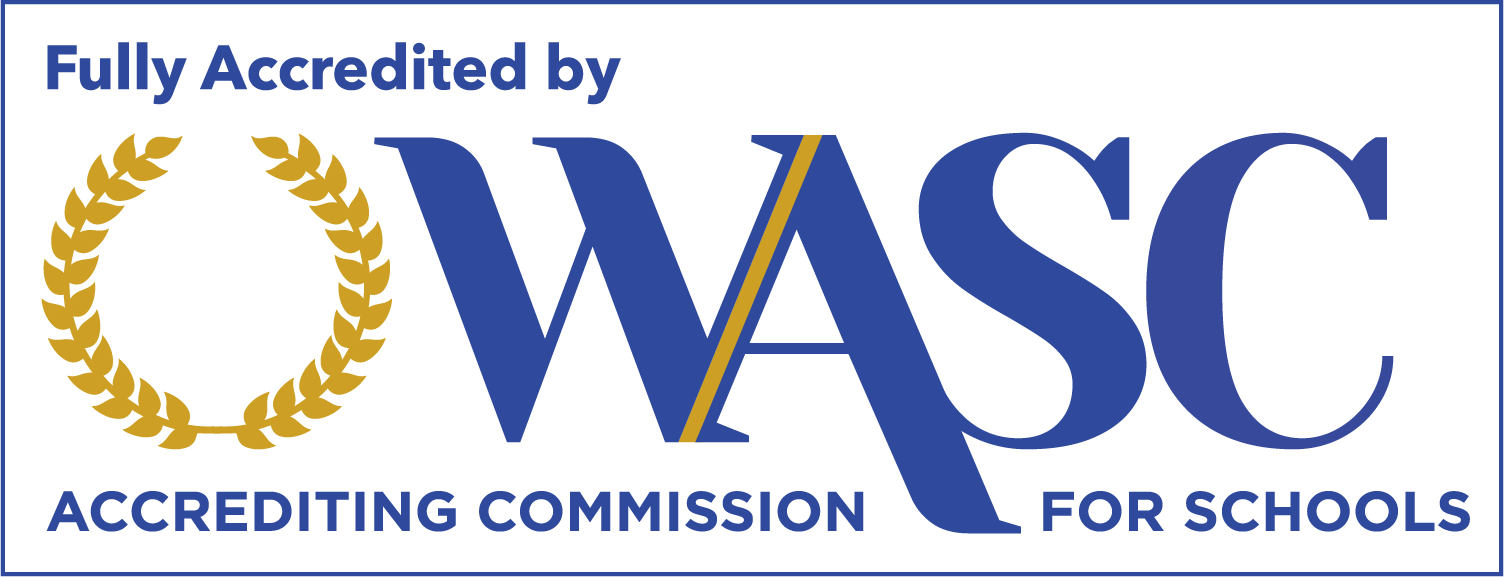Balanced vs Structured Literacy: What To Know
Dyslexia is the most common learning disability in the United States, affecting 20% of the population ! Dyslexia can present a challenge when learning but it is not insurmountable. Students with dyslexia can blossom when placed in the right learning environment.
Among the most successful, evidence-based methods for teaching reading skills to dyslexic students is Structured Literacy. There have been years of debate on whether Balanced vs. Structured Literacy is better for teaching reading. However, the evidence is sound – Structured Literacy continues to win.
Keep reading to learn more about Structured Literacy interventions for your dyslexic child.
How to Tell if Your Child has Dyslexia
Dyslexia is not a “one size fits all” diagnosis. Dyslexia does not mean that a child is not intelligent; many children with dyslexia are very bright! Dyslexia impacts the way students can process print information.
With the proper teaching methods, students with dyslexia can thrive. Recognizing dyslexia is the first step to finding an educational curriculum that will help set a student back on track. Symptoms of dyslexia may include difficulty reading aloud, difficulty learning letters and words, and struggling with writing. Students may have trouble pronouncing words or spelling. If your child is struggling to learn how to read, it may be a good idea to have them evaluated for dyslexia.
Balanced vs. Structured Literacy
Balanced Literacy refers to your standard classroom approach. Teachers work with students through leveled readings that rely on outside knowledge and guessing based on pictures and context clues.
In a typical classroom, students apply phonics rules to their reading, but are not explicitly taught the phonics rules. Methods include group reading, reading aloud, guided reading, and individual leveled reading.
Stress is put on language exploration through topics that interest the students. Students individually read text that interests them. The goal is to learn to read because they are reading topics they enjoy.
Balanced Literacy is not ideal for a student with dyslexia. Students with dyslexia cannot pick up language patterns without understanding the building blocks first. Students with dyslexia need explicit and repetitive phonics instruction.
Students who have dyslexia do not apply phonics and decoding skills like their non-dyslexic peers. This can result in significant delays in reading abilities and plummeting self-esteem. The feeling of being behind can be crippling to a student’s well-being and happiness.
Structured Literacy works for teaching the foundation of reading before diving into unfamiliar readings. The goal is to teach students phonological awareness, decoding, spelling, and word recognition before moving to longer texts and practicing fluency development.
The International Dyslexia Association IDA) recognizes Structured Literacy as evidence-based for helping students with learning disabilities learn to read with confidence.
Each method has had its success stories, but the evidence is clear that Structured Literacy is the best path forward. Recent years have shown that students who learned reading through Structured Literacy outperform peers who learned through Balanced Literacy, regardless of whether or not the student had dyslexia. However, for students with dyslexia, Structured Literacy is the best method for acquiring grade-level reading skills.
Five Components of Structured Literacy
The IDA has identified five key components of structured literacy essential for proficient reading and writing: Phonic Awareness, Phonics and Spelling, Syntax, Vocabulary and Morphology, and Text Comprehension and Written Expression.
Phonic Awareness involves the understanding of parts of words. Phonics is essential to Structured Literacy, as students will learn to break down words into individual sounds. Teachers may have students clap out syllables or break down words into their phonemes.
Phonemes are the smallest units of sounds in language. For example, the word dog has three phonemes, /d/, /aw/, and /g/.
By teaching the individual phonemes of a word, students can get a much better understanding of the spelling of the word. The “it is spelled like this because it is” approach does not compute well in the dyslexic mind. It is much more effective to conceptualize the spelling of words by working through the phonemes that comprise them.
Syntax is the way we use words to form coherent sentences. Understanding syntax is to understand the rules and mechanics of the English language.
Take the following sentence, for example: “She enjoys baking the cat and painting.”
The syntax is letting us know something is not right about that sentence. It should read, “She enjoys baking, the cat, and painting”- a big difference! Syntax gives sentences meaning.
While phonemes are the smallest unit of sound, morphemes are the smallest meaningful blocks of language. “Re” and “start” both are morphemes of the word “restart”. We know “start” means “to begin” and “re” means “again,” so we understand the word “restart” means “to begin again”.
Understanding the meaningful units of words helps students break down and understand longer words. From this point, students can begin comprehending text and written phrases.
Once students can break down words into smaller, meaningful blocks and understand all syllable types, they will be capable of tackling more extensive passages. This is the foundation of Structured Literacy. By building knowledge in core reading concepts, students are ready to read confidently.
Schools for Dyslexia near Davis, Elk Grove, Sacramento, and Woodland
Teaching a child with dyslexia requires understanding how to teach these concepts. Beginning school with a Structured Literacy classroom helps to ensure your child is confident enough to excel in high school. Traditional schooling methods, including the Balanced Literacy approach, may set a dyslexic child back.
If you are looking for a great learning environment for your dyslexic child, the Read Academy of Sacramento is ideal. Read Academy will surround your child with teachers who specialize in the way your child learns. Even better, they will be able to learn alongside peers who learn the same way.
Structured Literacy Programs for Your Child
Choosing Balanced vs. Structured Literacy is not too hard a choice. Structured Literacy is not only beneficial for students with dyslexia, but it is an excellent teaching method for students of all learning types! Structured literacy helps to teach the building blocks of language explicitly.
By giving students a deeper understanding of reading, they will be ready for full-length texts. Building this foundation early ensures your child will feel confident and begin to enjoy reading.
Contact us today for more information about Structured Literacy programs for your dyslexic child!




